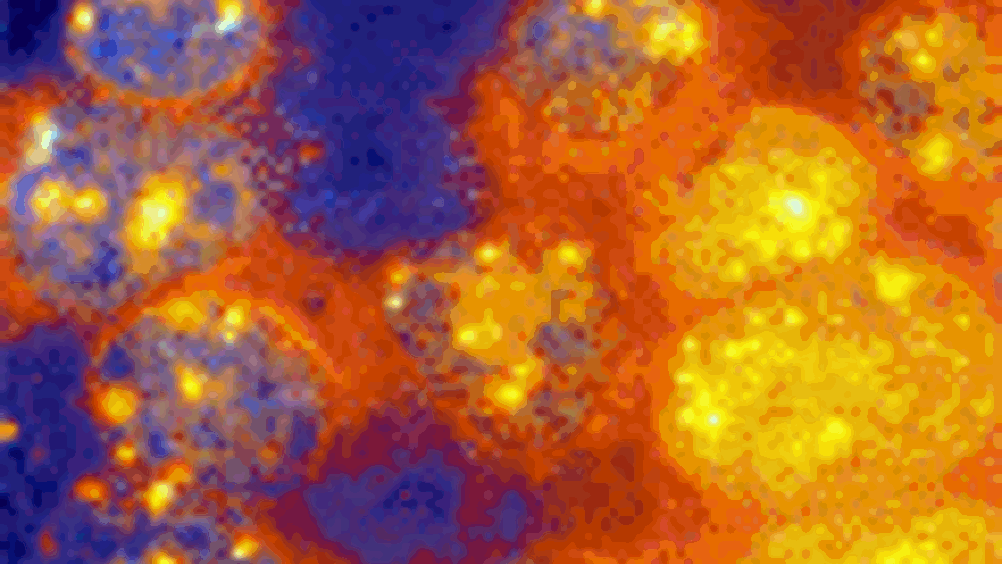Smart dose
According to IST Results, new sensor systems being developed by the INVORAD project will help treat cancer and improve the accuracy and reliability of existing radiation treatments.

According to
, new sensor systems being developed will help treat cancer and improve the accuracy and reliability of existing radiation treatments. They should help improve patient care and outcomes. The results will go straight to commercialisation when finalised next year.
The INVORAD project developed systems for real-time radiation monitoring for patient dosimetry in Intensity Modulated Radiotherapy (IMRT). IMRT is a radiation therapy for cancers that improves clinical outcomes by more accurately targeting tumours and minimising the amount of radiation absorbed by healthy tissue. The result is that patients only receive a high radiation dose where they need it and healthy tissue is preserved.
The problem with IMRT so far, however, is that it becomes increasingly difficult to verify that patients receive the prescribed dose of radiation. "IMRT prescriptions are based on very complex computer simulations, so it is important to validate these simulations by verifying exactly how much radiation is reaching the patient and where it is landing," says Aleksandar Jaksic, INVORAD project co-ordinator at Ireland’s Tyndall National Institute.
Register now to continue reading
Thanks for visiting The Engineer. You’ve now reached your monthly limit of premium content. Register for free to unlock unlimited access to all of our premium content, as well as the latest technology news, industry opinion and special reports.
Benefits of registering
-
In-depth insights and coverage of key emerging trends
-
Unrestricted access to special reports throughout the year
-
Daily technology news delivered straight to your inbox










Water Sector Talent Exodus Could Cripple The Sector
Maybe if things are essential for the running of a country and we want to pay a fair price we should be running these utilities on a not for profit...